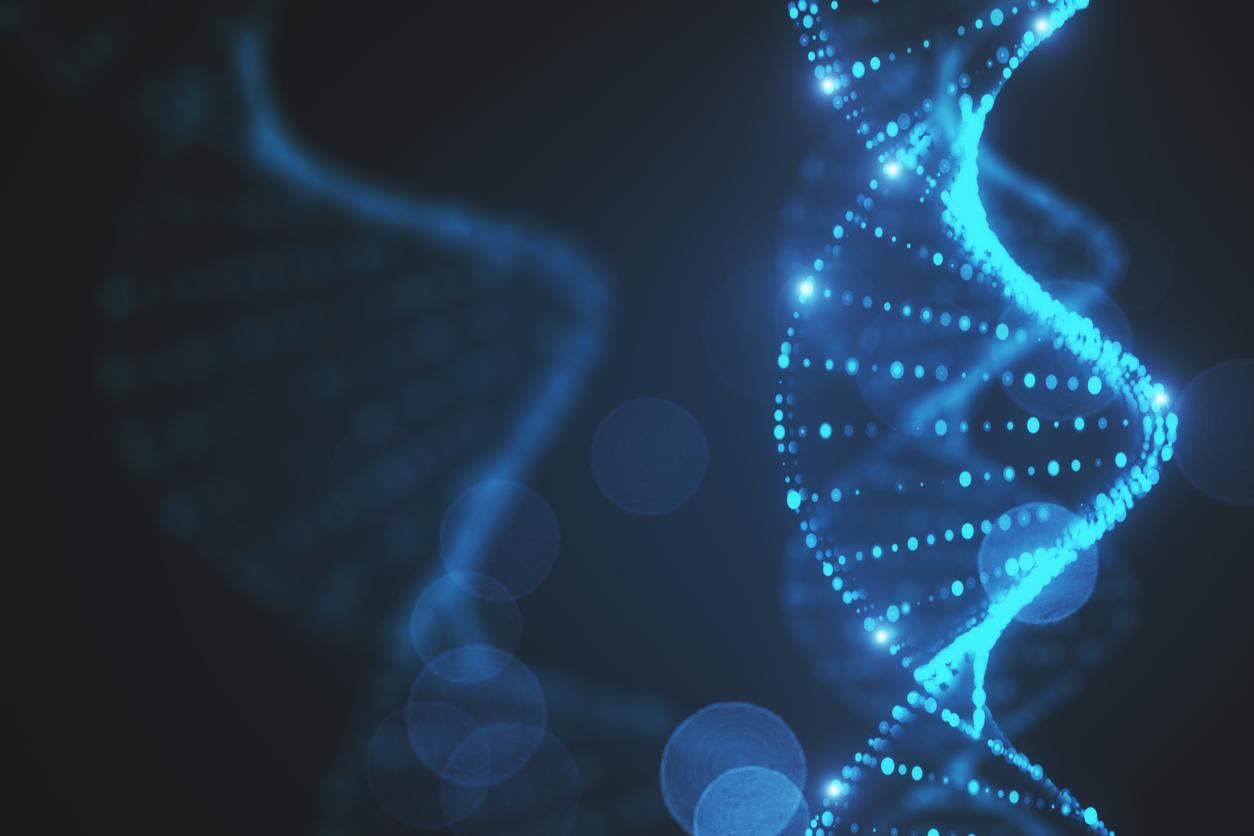Epilepsy affects nearly 60 million people worldwide, and 600,000 people in France, almost half of whom are under the age of 20, according to Inserm figures. Behind migraine and dementia, this pathology is the third most common neurological disease. If the symptoms are numerous and vary according to the individual, the most spectacular remain the famous crises which manifest themselves by convulsions, absences or muscular rigidity.
And these epileptic seizures can be particularly dangerous at night, especially if no witnesses are present. It is possible, during a convulsion, to fall and injure yourself on the ground or to asphyxiate in bed. If such cases are rare, the risk of dying from such crises is higher in disabled patients, since it would be 20%. Researchers have therefore tested an armband, called night watch, capable of detecting different types of seizures. It was created by a Dutch consortium comprising the Kempenhaeghe Epilepsy Center, Eindhoven University of Technology, the Foundation for Epilepsy Institutions in the Netherlands, the Epilepsy Fund and patient representatives and will be marketed by LivAssured. The scientific results were revealed in an article published in the journal Neurology last month.
85% of attacks identified
A group of 28 adults claiming to suffer at least once a month from epileptic seizures and having an intellectual disability tested the device. Using two sensors, the latter measured their heart rate – which increases during the attack – and their movements. For three months, participants wore this cuff in contact with the skin every night. In the end, out of 809 major crises, 85% of the most serious attacks were detected. However, the authors of the study do not specify how the patients were notified.
Today, the devices used are sensors that identify the vibrations of the bed. But their effectiveness is lower since they have a sensitivity of 21%, note the researchers. This new tool could therefore save lives, since “the combination of heart rate and movement reliably detected a wide range of nocturnal seizures”, they conclude. Other technologies are also in development to know this time when a crisis may occur. A box equipped with an indicator system that turns red to announce its arrival has, for example, been developed by Australian researchers.
Read also :
- A new treatment for epilepsy?
- Cannabidiol effective against epileptic seizures
- Why we must de-dramatize epilepsy


















